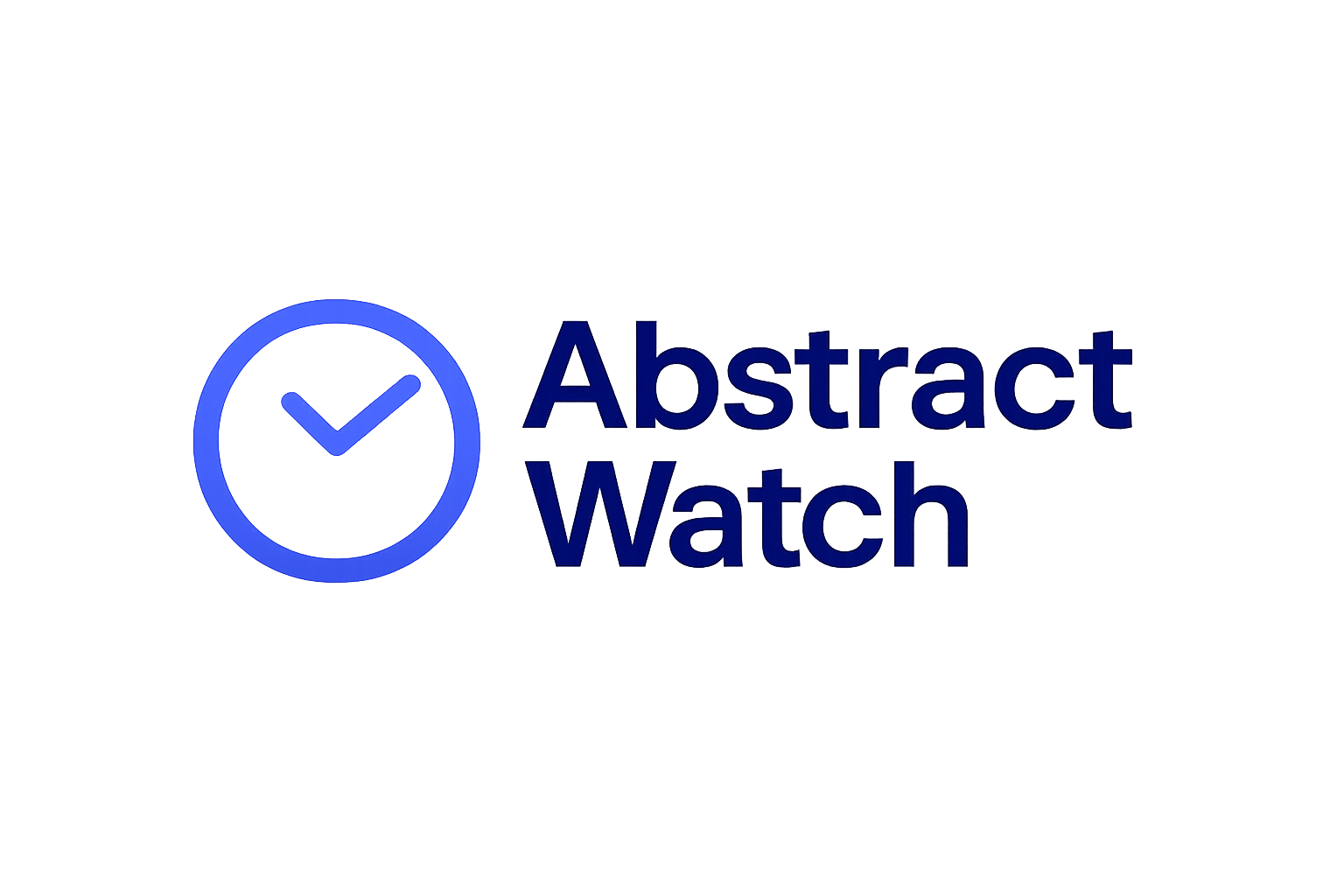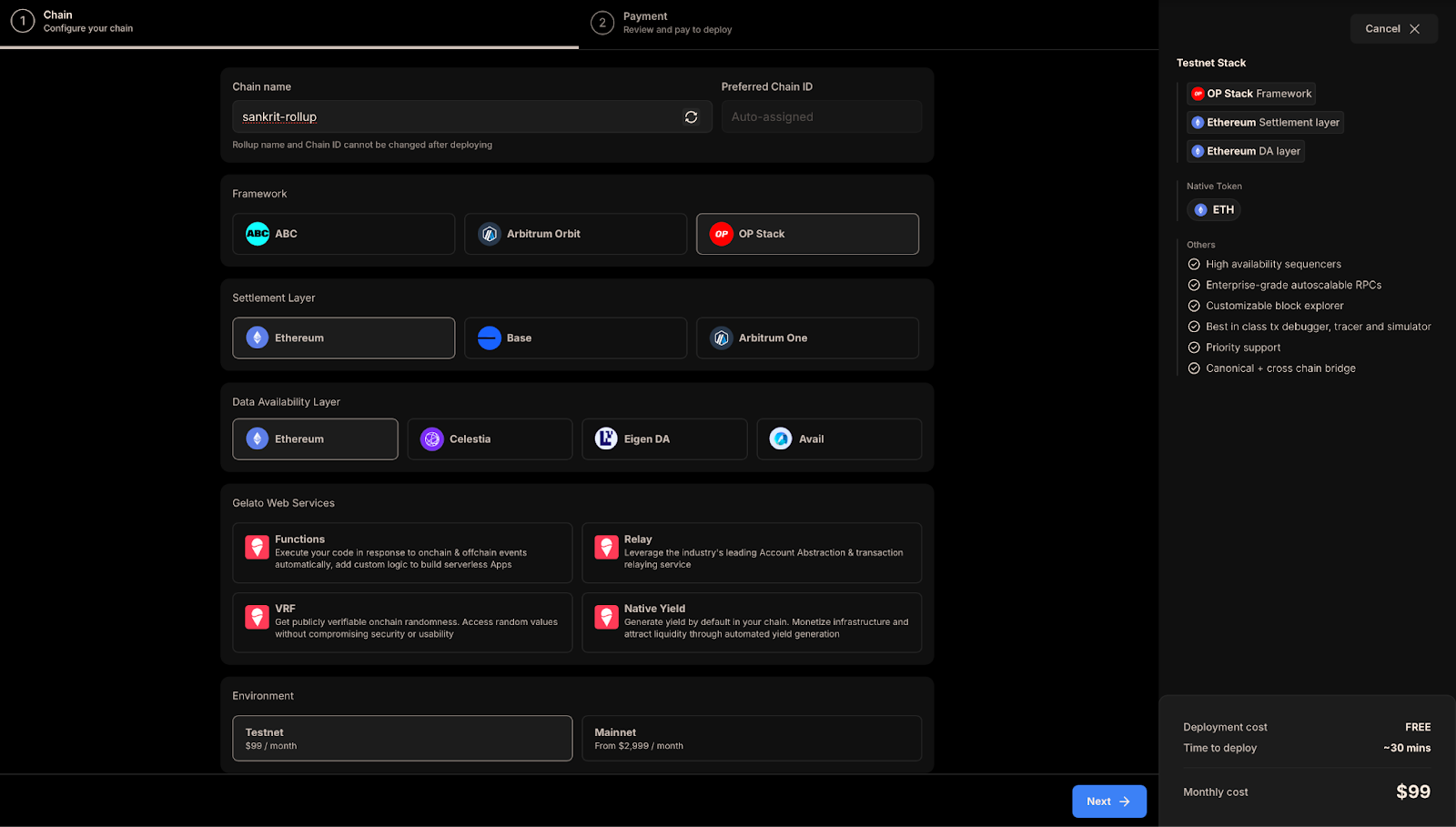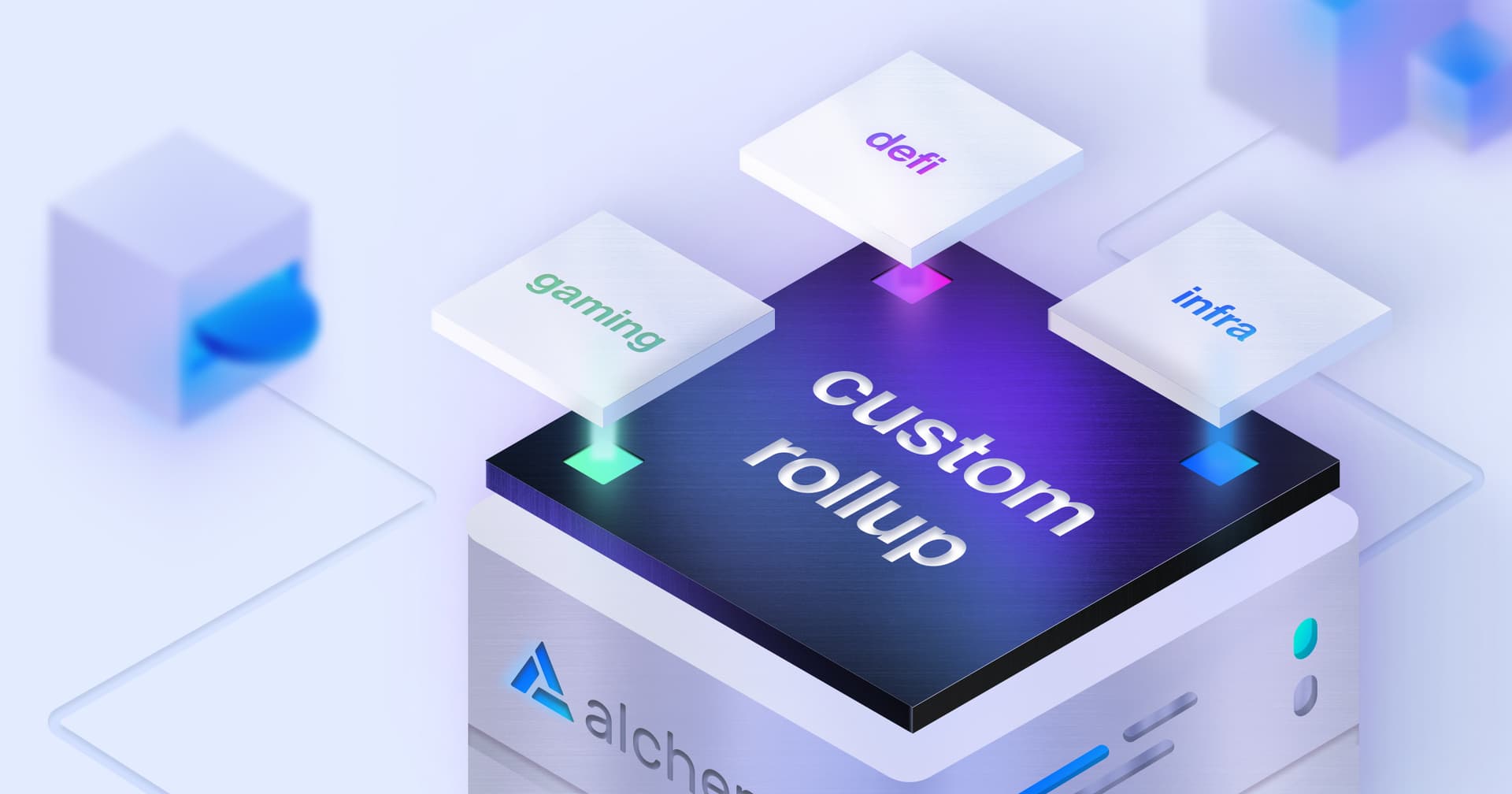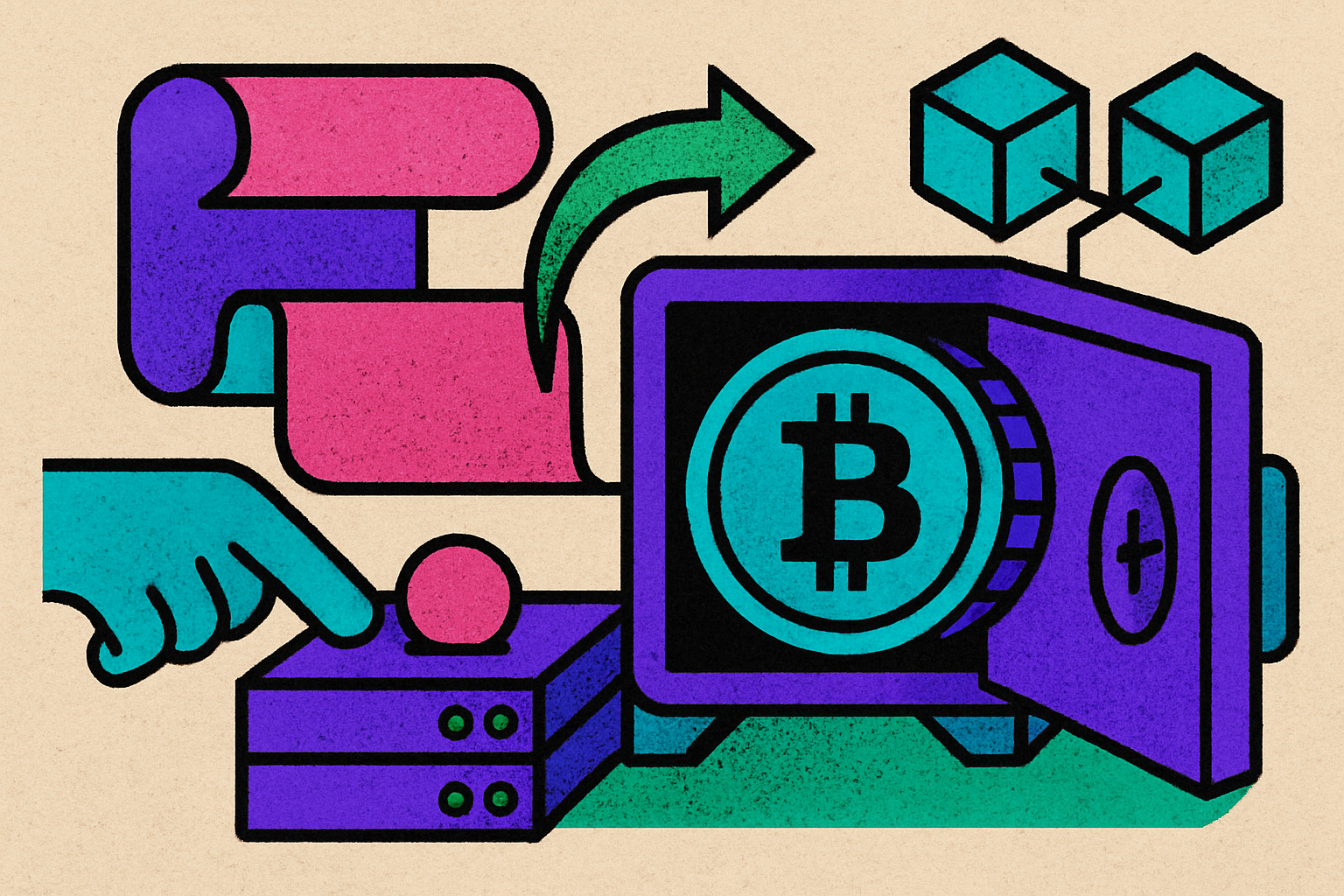
Blockchain development is rapidly evolving, and the emergence of rollup-as-a-service (RaaS) platforms is fundamentally changing how developers and enterprises deploy scalable app-chains. Instead of wrestling with complex infrastructure and protocol-level hurdles, teams can now launch dedicated blockchains with a single click, leveraging abstract rollup technology to streamline everything from configuration to maintenance. This paradigm shift is not just technical; it’s strategic, enabling innovation at a pace previously reserved for the largest protocol teams.

Understanding Rollups-as-a-Service and App-Chains
At its core, a rollup is a type of blockchain that enhances scalability by moving computation and data storage off the main chain, such as Ethereum. Instead of every transaction being processed on Layer 1, rollups bundle transactions and submit compressed proofs to the base chain, reducing congestion and cost. App-chains, meanwhile, are application-specific blockchains, dedicated environments where developers can customize execution logic, governance, and tokenomics to fit their project’s needs.
The RaaS model abstracts the deployment and management of these rollups, offering developers ready-made infrastructure, automated tooling, and enterprise-grade support. Whether you’re building an NFT marketplace, DeFi protocol, or gaming platform, RaaS platforms allow you to focus on your application while experts handle the heavy lifting.
The Mechanics of One-Click Blockchain Deployment
What truly sets modern RaaS platforms apart is their commitment to usability and speed. Platforms like Chaindrop, Alchemy, and QuickNode have built intuitive dashboards that let users configure and launch rollups in minutes, no deep protocol knowledge required. These platforms offer:
Key Features of Leading RaaS Platforms
-

Comprehensive Infrastructure Management: Platforms like Tokyo Techie provide end-to-end services, including RPC APIs, block explorers, cross-chain bridges, and 24/7 monitoring for enterprise reliability.
-
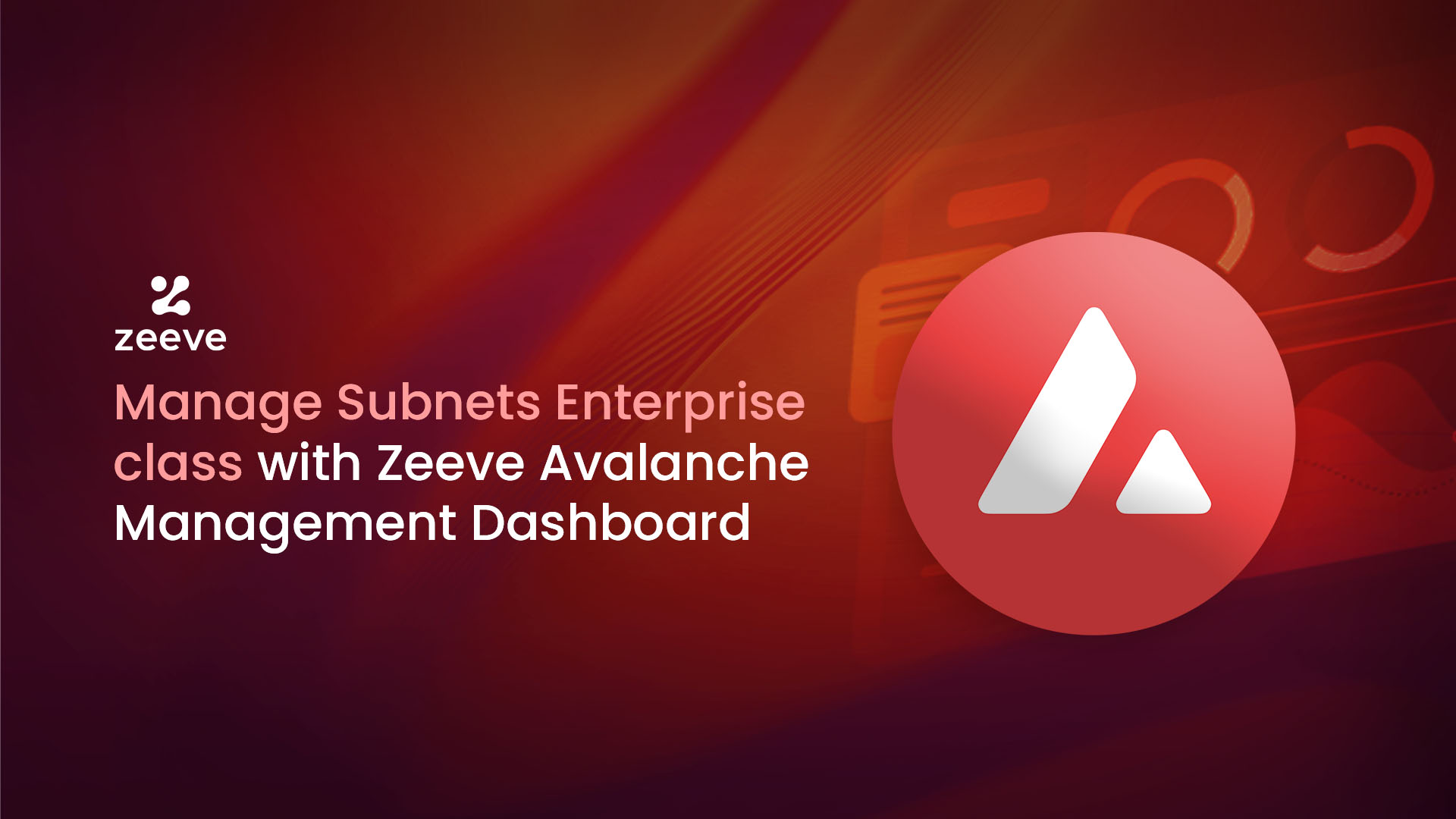
Automated Maintenance and Security: Providers such as Zeeve deliver automated updates, monitoring, and enterprise-grade security, ensuring rollups remain secure and up-to-date without manual intervention.
Most RaaS providers supply pre-configured templates for various rollup frameworks, such as Optimistic and ZK Rollups. Developers can choose between different data availability layers, custom gas tokens, and even select their preferred execution environment. This flexibility means projects can optimize for cost, speed, or security without being locked into rigid architectures.
Automated infrastructure management is another game-changer. With 24/7 monitoring, robust RPC endpoints, cross-chain bridges, and block explorers included out of the box, projects benefit from production-grade reliability without needing an in-house DevOps team. For a deeper dive into how these platforms are making one-click blockchain deployment a reality, see this detailed guide.
Customization and Scalability: The Abstract Rollup Advantage
The ability to tailor every aspect of an app-chain is a defining feature of RaaS offerings. Unlike generic Layer 1 deployments or permissioned sidechains, abstract rollup technology empowers teams to define custom logic, integrate proprietary data availability solutions, and design unique governance models, all while benefiting from the security guarantees of established base chains like Ethereum or BNB Chain.
This level of customization is crucial for projects targeting high transaction throughput or specialized use cases. For example, gaming studios can deploy app-chains optimized for microtransactions and low latency, while DeFi protocols may prioritize composability and cross-chain interoperability. The result is a new wave of scalable blockchain infrastructure that adapts to the needs of developers rather than forcing them into one-size-fits-all solutions.
Security and uptime are non-negotiable for blockchain projects aiming for mainstream adoption. RaaS platforms are increasingly meeting enterprise expectations by delivering 99.9% and uptime guarantees, continuous monitoring, and rapid incident response. Providers like Tokyo Techie and Zeeve invest heavily in infrastructure redundancy, distributed cloud deployments, and automated failover, ensuring that even high-traffic app-chains remain resilient during network surges or attacks.
Another critical advantage is cost efficiency. By leveraging shared infrastructure and automated management, RaaS users avoid the substantial capital and operational expenses associated with building bespoke rollup stacks. Instead, pricing models are transparent and usage-based, enabling projects to scale resources up or down as needed. For startups and enterprises alike, this means predictable budgeting and the ability to experiment with new features or business models without incurring prohibitive costs.
Integrations, Ecosystem Support, and Developer Experience
Modern RaaS platforms don’t just stop at deployment. They provide seamless integrations with developer toolkits, wallets, analytics, and cross-chain bridges. Whether you’re migrating a Web2 application to Web3 or launching a novel DeFi protocol, these integrations accelerate time-to-market and reduce friction for both developers and end users. For example, QuickNode’s RaaS supports multiple rollup frameworks, including Arbitrum Orbit and OP Stack, making it easier to plug into existing Ethereum tooling and liquidity.
Documentation and community support are equally vital. Leading RaaS providers offer extensive guides, code samples, and responsive support channels. Many also foster vibrant ecosystems through grants, hackathons, and technical partnerships, lowering the learning curve and encouraging rapid iteration. For developers seeking a deeper technical breakdown or step-by-step guide, resources such as this practical walkthrough can be invaluable.
Top Benefits of RaaS Platforms for Blockchain Startups & Enterprises
-
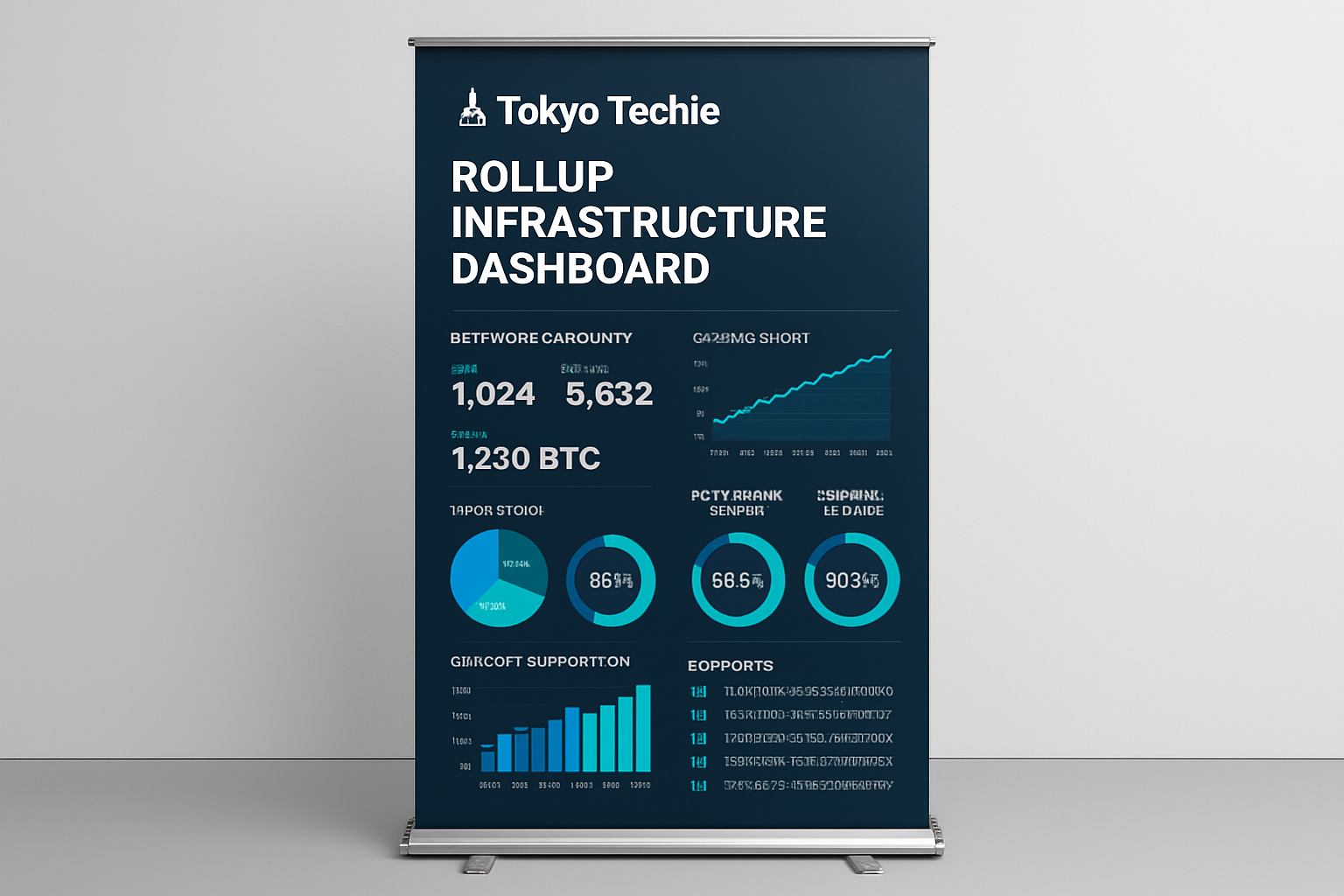
Infrastructure Abstraction: RaaS providers such as Tokyo Techie and Alchemy manage the complex backend, including RPC APIs, block explorers, and cross-chain bridges, so teams can focus on application logic.
-
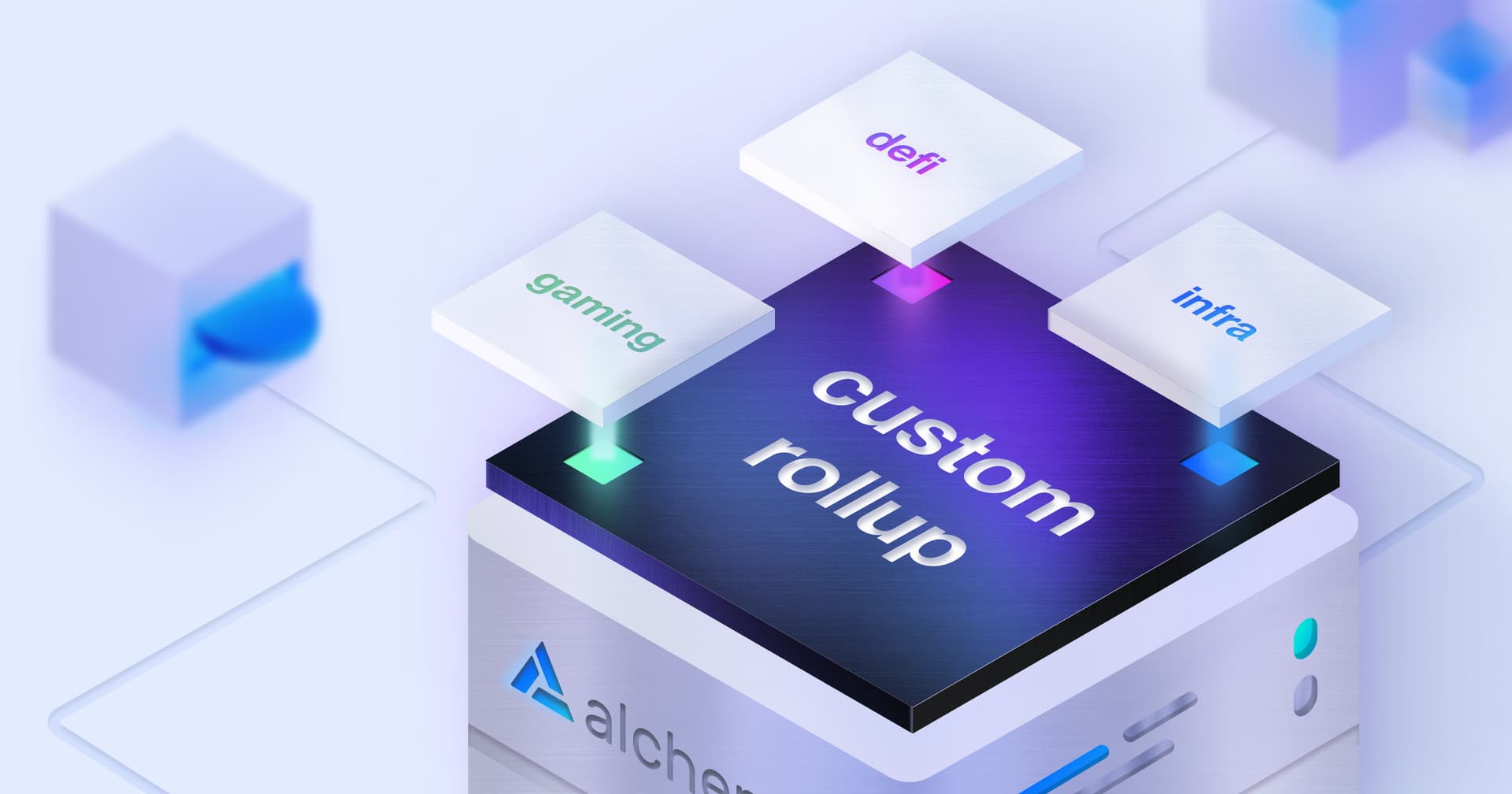
Customizability & Flexibility: Leading platforms like Alchemy allow startups and enterprises to tailor rollups with custom gas tokens, data availability layers, and support for both ZK and Optimistic frameworks, meeting diverse business and technical requirements.
-
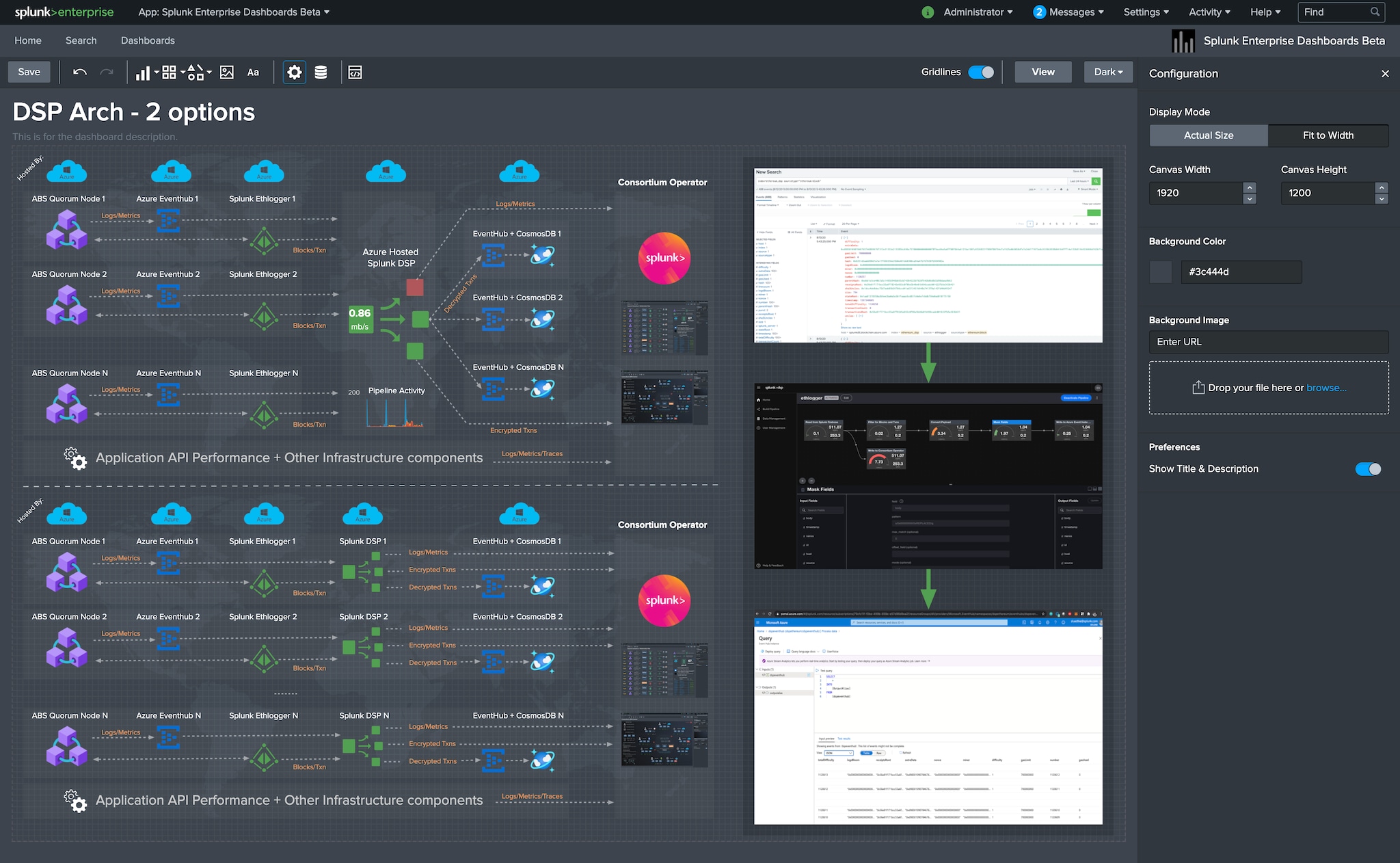
Enterprise-Grade Security & Monitoring: Providers such as Tokyo Techie offer 24/7 monitoring, automated maintenance, and enterprise SLAs, ensuring robust security and operational reliability for mission-critical blockchain applications.
-
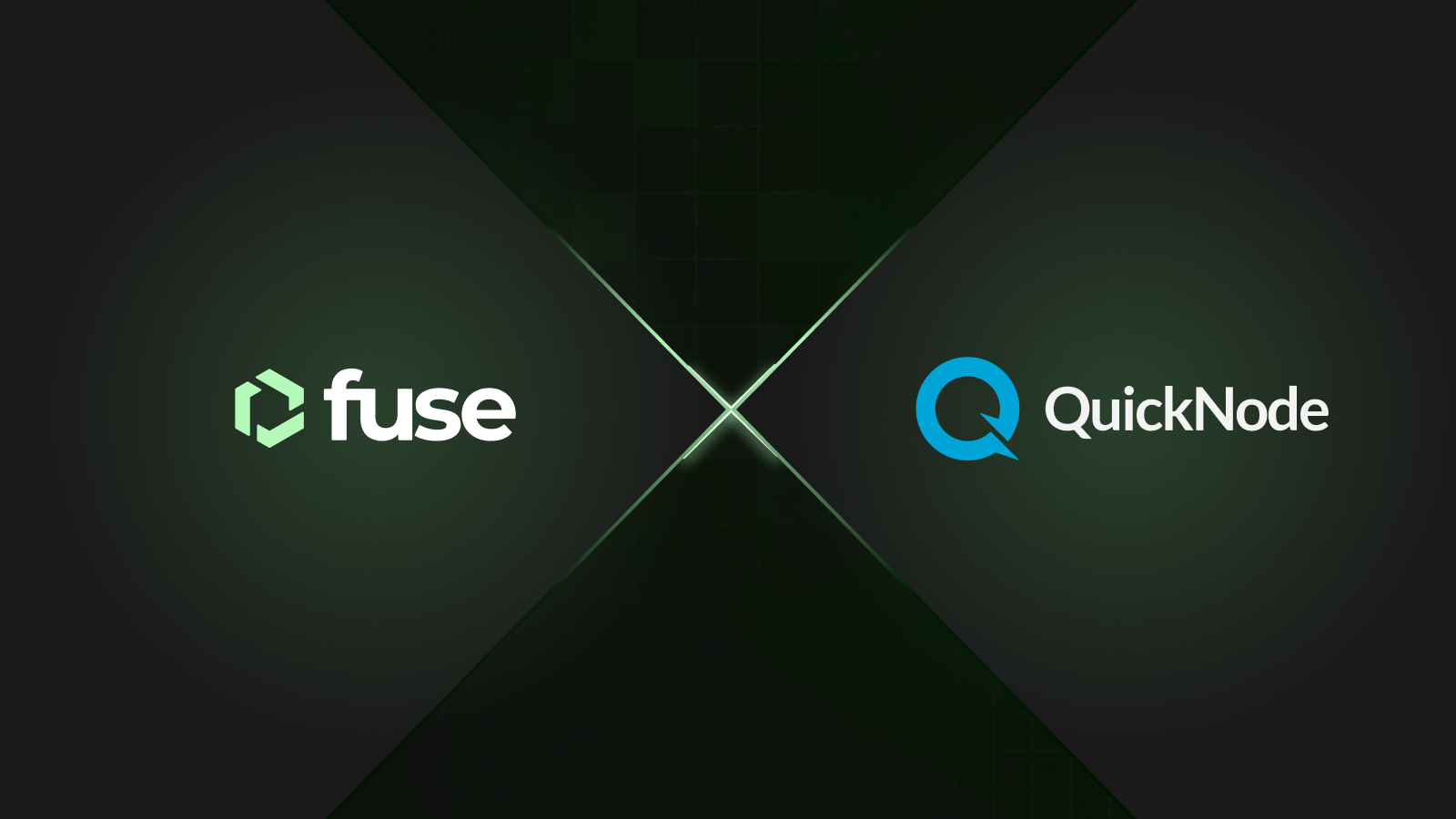
Enhanced Scalability & Performance: By offloading computation and storage from main chains, RaaS solutions like QuickNode’s support for Arbitrum Orbit and OP Stack enable high throughput and lower transaction costs, making them ideal for scaling dApps and enterprise solutions.
RaaS in Action: Who’s Building with One-Click App-Chains?
The impact of RaaS is visible across diverse sectors. Gaming studios use app-chains to power high-frequency transactions and in-game economies. NFT platforms leverage custom rollups for low-cost minting and trading. DeFi innovators deploy bespoke chains for improved composability and user experience. Even enterprises exploring supply chain or identity solutions are adopting RaaS to test pilots without committing to full-scale network launches.
Recent data from industry sources indicates that over 60% of new app-chain deployments in 2025 leverage some form of rollup-as-a-service. This surge reflects both the maturity of the technology and a growing recognition that abstract rollup technology is now critical infrastructure for scalable Web3 applications.
Looking ahead, as more RaaS platforms embrace modularity, multi-chain support, and zero-knowledge enhancements, the barrier to custom blockchain deployment will continue to fall. The winners will be those who combine robust infrastructure with developer-centric design, empowering builders to launch, iterate, and scale at internet speed.
For projects ready to explore this new paradigm, understanding how no-code rollup deployment is changing the landscape is essential. To learn more about the mechanics and benefits of instant app-chain launches, see this in-depth analysis.
